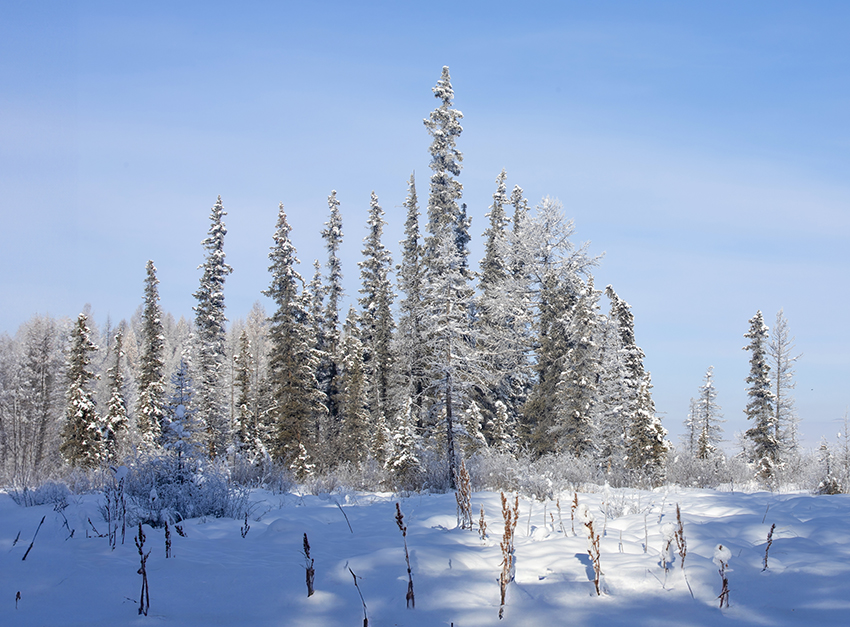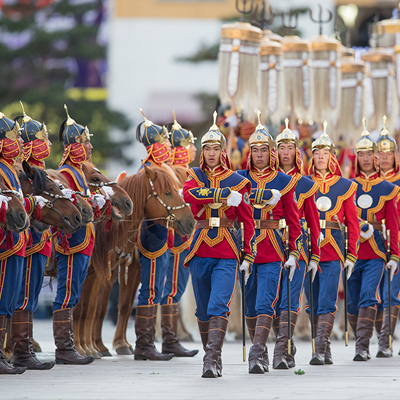
Mongolian Forests
Mongolian forest
Mongolia boasts a significant expanse of forested land, predominantly nestled in its northern reaches, bordering Russia and China. Encompassing areas like the Khentii and Khangai Mountains, these woodlands, although varying in coverage estimates, constitute a vital ecological asset for the nation. As of January 2022, forest cover was approximated at 8-15% of Mongolia's land area, a figure subject to change due to dynamic influences such as climate shifts, desertification, and deforestation.

Comprising primarily coniferous and mixed varieties, including Siberian larch, pine, birch, spruce, and fir, Mongolian forests form part of the broader boreal or taiga biome. Despite their modest proportions on a global scale, these forests are home to a diverse array of wildlife, from majestic elk and moose to Siberian roe deer, brown bears, wolves, and an assortment of avian species.
Beyond their role as habitats, Mongolian forests play a pivotal role in ecosystem equilibrium, facilitating soil stabilization, regulating water cycles, and sequestering carbon. Yet, they confront an array of threats including deforestation, overgrazing, wildfires, and illicit logging, compounded by the specter of climate change with its attendant shifts in precipitation patterns and heightened frequency of extreme weather events.
In response, concerted conservation endeavors are underway, marshaled by the Mongolian government in tandem with international bodies and non-governmental organizations. Strategies encompass the establishment of protected zones, the promotion of community-led conservation schemes, and the adoption of sustainable forestry practices, all aimed at safeguarding and nurturing Mongolia's forest heritage for generations to come.
Mongolia's forest zones are primarily found in the northern parts of the country, particularly in the Khentii Mountains and the northern slopes of the Khangai Mountains. These forests are part of the taiga biome, characterized by coniferous trees such as Siberian pine, Siberian larch, and fir, as well as birch and aspen in some areas. The forested regions of Mongolia are crucial for biodiversity, providing habitat for various species of mammals, birds, and plants. They also play a significant role in regulating the local climate and maintaining soil stability. However, Mongolia's forests face threats from deforestation due to logging, agricultural expansion, and climate change. Conservation efforts are underway to protect these valuable ecosystems and promote sustainable land management practices.

Mongolia's forest zones are primarily concentrated in the northern and northwestern parts of the country, covering around 8% of Mongolia's total land area. Here's a more detailed breakdown:
- Siberian Taiga: The largest forest zone in Mongolia, the Siberian Taiga, extends along the northern border with Russia, covering areas such as the Khentii, Khangai, and Altai Mountains. This zone is dominated by coniferous forests, including species like Siberian pine, Siberian larch, and fir. These forests are adapted to the harsh continental climate of Mongolia, characterized by long, cold winters and short, cool summers.
- Mountain Forests: Within the mountainous regions of Mongolia, particularly in the Khentii and Khangai Mountains, there are extensive forested areas. These forests are often found at higher elevations and are composed of a mix of coniferous trees like pine and larch, as well as deciduous species such as birch and aspen. The mountain forests are important habitats for wildlife, including species like the Siberian ibex, argali sheep, and various birds of prey.

- Riparian Forests: Along rivers and streams, especially in the northern and western parts of Mongolia, there are riparian forests characterized by a mix of deciduous and coniferous trees. These forests play a vital role in maintaining water quality, preventing soil erosion, and providing habitat for a diverse array of plant and animal species.
- Steppe-forest Transition Zone: In some areas where the steppe transitions into forested areas, there are unique ecosystems known as steppe-forest transition zones. These areas exhibit a mix of grasslands, shrubs, and scattered trees, serving as important habitats for both steppe and forest-dwelling species.
- Threats and Conservation: Mongolia's forests face various threats, including illegal logging, overgrazing by livestock, wildfires, and climate change. Conservation efforts are aimed at protecting these valuable ecosystems through measures such as establishing protected areas, promoting sustainable forestry practices, and raising awareness about the importance of biodiversity conservation.
Overall, Mongolia's forest zones are not only significant for biodiversity conservation but also play a crucial role in providing ecosystem services, supporting local livelihoods, and mitigating the impacts of climate change.










.jpg)















